Area 3,155 km² | Population 177,986 (2011) | |
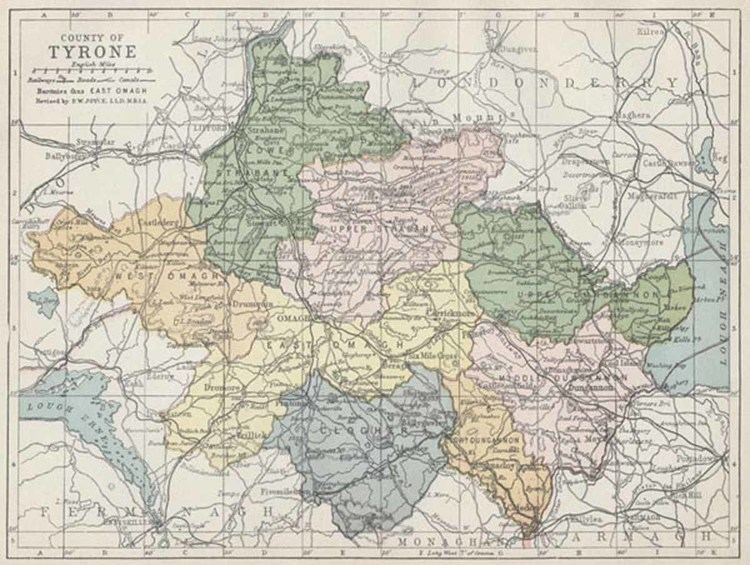 | ||
County Tyrone (from Irish: Tír Eoghain, meaning "land of Eoghan") is one of the six historic counties of Northern Ireland. It is also one of the thirty-two traditional counties of Ireland, and lies within the historic Province of Ulster. It is no longer used as an administrative division for local government, but retains a strong identity in popular culture.
Contents
- County tyrone
- Name
- History
- Geography
- Demography
- Large towns
- Medium towns
- Small towns
- Intermediate settlements
- Villages
- Small villages
- Subdivisions
- Future Railway Revival
- Sport
- References
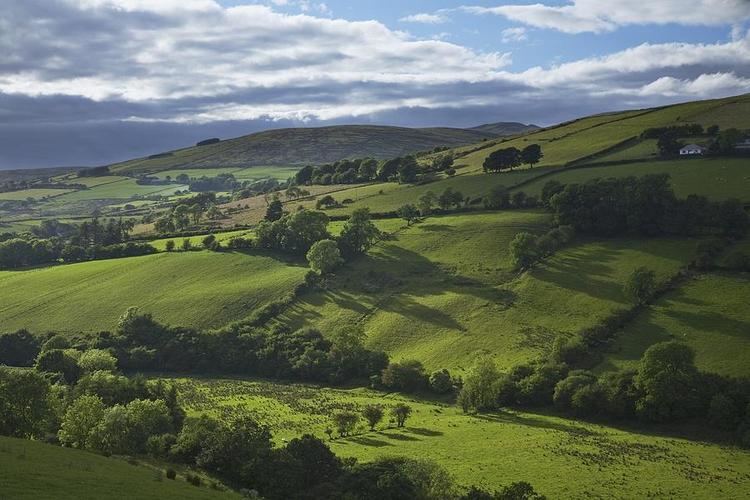
Adjoined to the south-west shore of Lough Neagh, the county covers an area of 3,155 km² (1218 sq mi) and has a population of about 177,986, with its county town being Omagh.
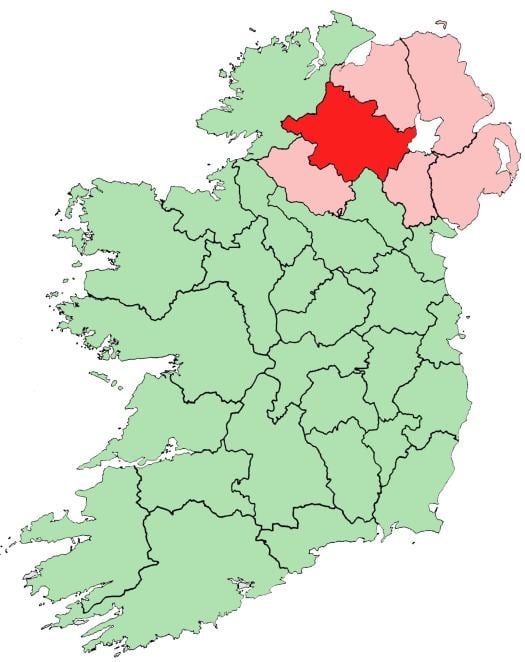
County tyrone
Name
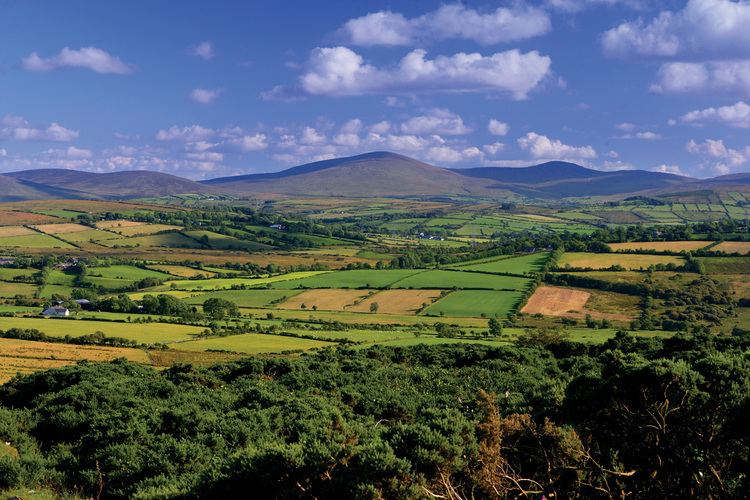
The name Tyrone is derived from Irish Tír Eoghain, meaning 'land of Eoghan', the name given to the conquests made by the Cenél nEógain from the provinces of Airgíalla and Ulaid. Historically, it was anglicised as Tirowen or Tyrowen, which are closer to the Irish pronunciation.
History
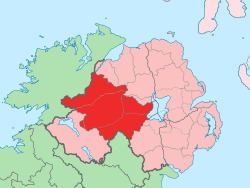
Historically Tyrone stretched as far north as Lough Foyle, and comprised part of modern-day County Londonderry east of the River Foyle. The majority of County Londonderry was carved out of Tyrone between 1610–1620 when that land went to the Guilds of London to set up profit making schemes based on natural resources located there. Tyrone was the traditional stronghold of the various O'Neill clans and families, the strongest of the Gaelic Irish families in Ulster, surviving into the seventeenth century. The ancient principality of Tír Eoghain, the inheritance of the O'Neills, included the whole of the present counties of Tyrone and Londonderry, and the four baronies of West Inishowen, East Inishowen, Raphoe North and Raphoe South in County Donegal.
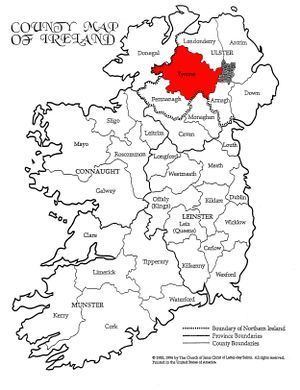
In 1608 during O'Doherty's Rebellion areas of the Country were plundered and burnt by the forces of Sir Cahir O'Doherty following his destruction of Derry. However, O'Doherty's men avoided the estates of the recently fled Earl of Tyrone around Dungannon, fearing Tyrone's anger if he returned from his exile.
Geography
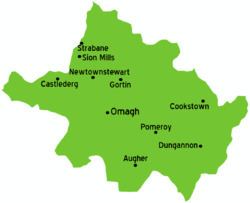
With an area of 3,155 square kilometres (1,218 sq mi), Tyrone is the largest county in Northern Ireland. The flat peatlands of East Tyrone border the shoreline of the largest lake in the British Isles, Lough Neagh, rising gradually across to the more mountainous terrain in the west of the county, the area surrounding the Sperrin Mountains, the highest point being Sawel Mountain at a height of 678 m (2,224 ft). The length of the county, from the mouth of the River Blackwater at Lough Neagh to the western point near Carrickaduff hill is 55 miles (89 km). The breadth, from the southern corner, southeast of Fivemiletown, to the northeastern corner near Meenard Mountain is 37.5 miles (60.4 km); giving an area of 1,260 square miles (in 1900). Annaghone lays claim to be the geographical centre of Northern Ireland.
Tyrone is connected by land to the county of Fermanagh to the southwest; Monaghan to the south; Armagh to the southeast; Londonderry to the north; and Donegal to the west. Across Lough Neagh to the east, it borders County Antrim. It is the eighth largest of Ireland's thirty-two counties by area and tenth largest by population. It is the second largest of Ulster's nine traditional counties by area and fourth largest by population.
Demography
It is one of four counties in Northern Ireland which currently has a majority of the population from a Catholic community background, according to the 2011 census. In 1900 County Tyrone had a population of 197,719, while in 2011 it was 177,986.
Large towns
(population of 18,000 or more and under 75,000 at 2001 Census)
Medium towns
(population of 10,000 or more and under 18,000 at 2001 Census)
Small towns
(population of 4,500 or more and under 10,000 at 2001 Census)
Intermediate settlements
(population of 2,250 or more and under 4,500 at 2001 Census)
Villages
(population of 1,000 or more and under 2,250 at 2001 Census)
Small villages
(population of less than 1,000 at 2001 Census)
Subdivisions
Baronies
Parishes
Townlands
Future Railway Revival
There is the future possibility of the line being reopened to Dungannon railway station from Portadown.
Sport
The major sports in Tyrone are Gaelic games, association football and rugby union.
